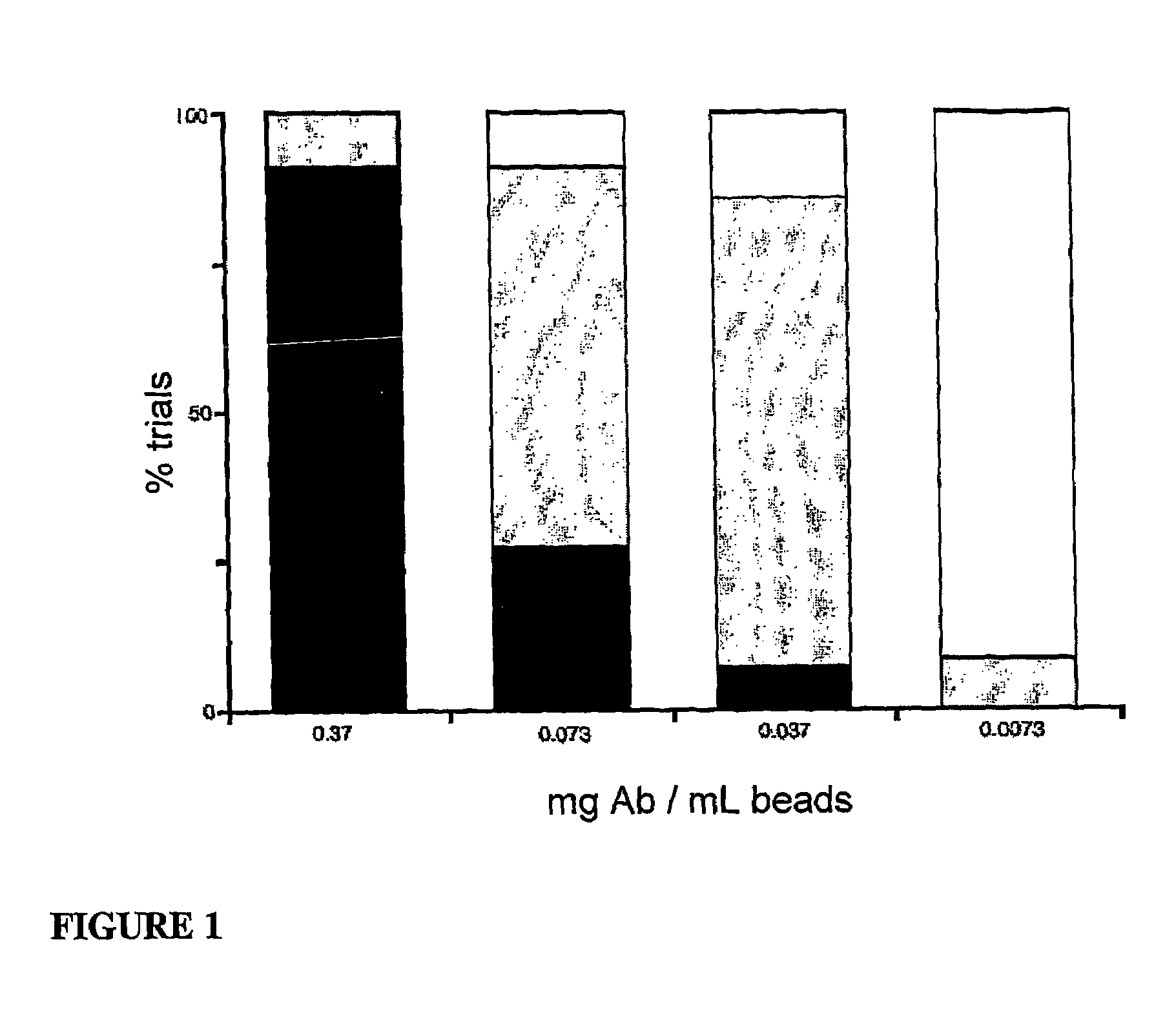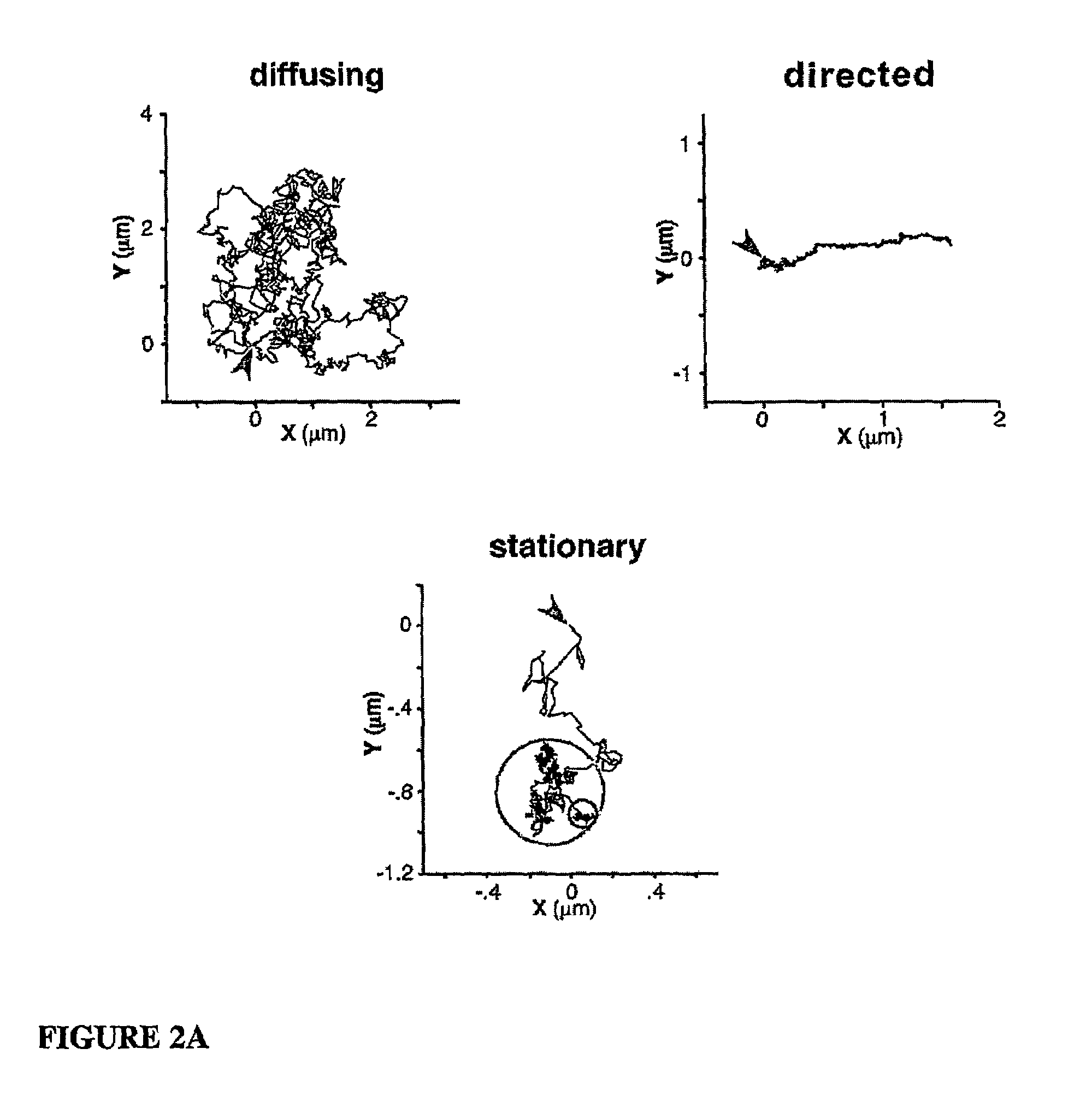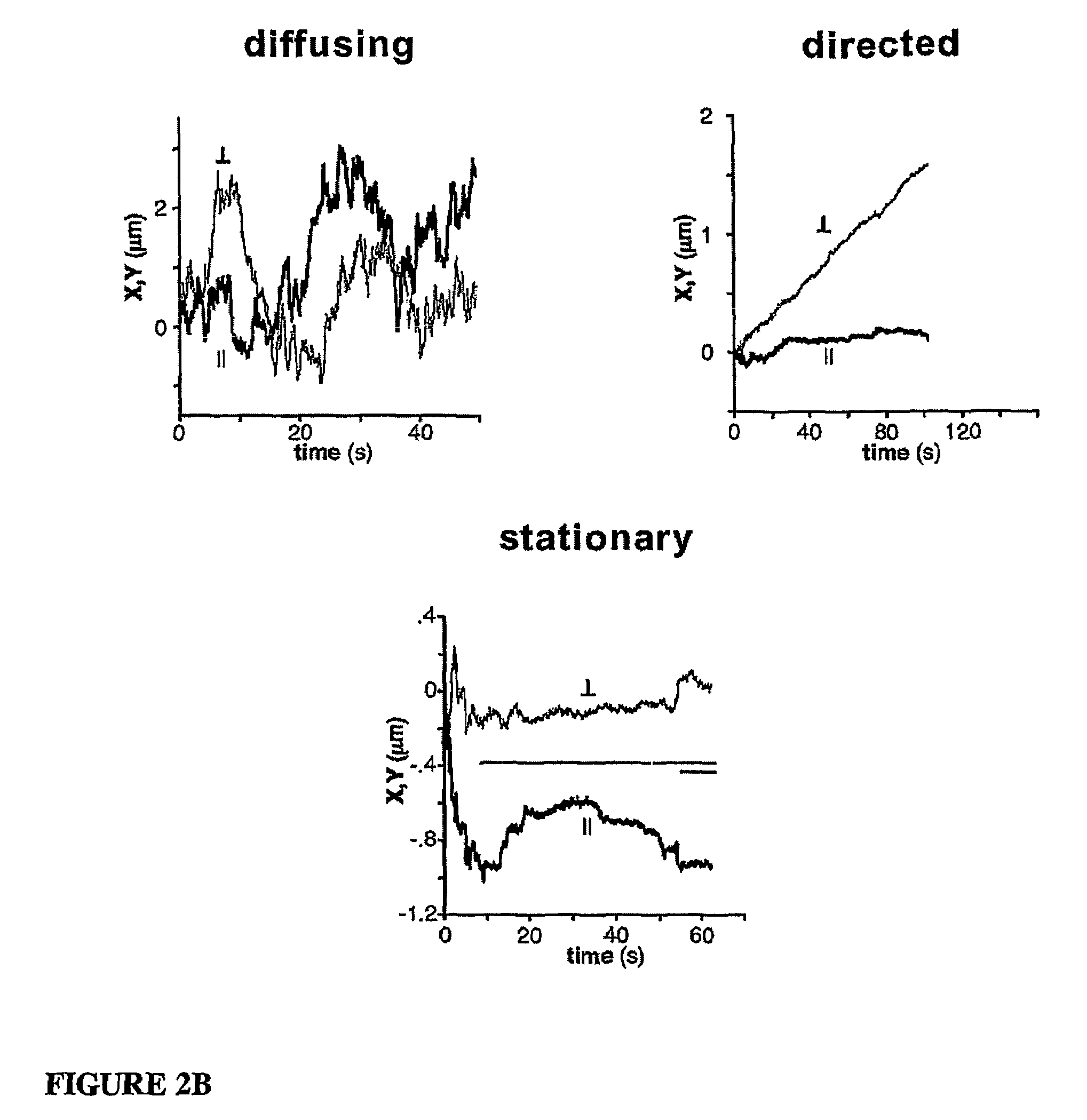Peptides for treating axonal damage, inhibition of neurotransmitter release and pain transmission, and blocking calcium influx in neurons
a technology of axonal damage and peptides, which is applied in the direction of peptide/protein ingredients, depsipeptides, animal cells, etc., can solve the problems of major health problems, traumatic brain injury is a major health problem, and therapies are unable to repair axonal damage, and achieve the effect of promoting the outgrowth of a mammalian neuron
- Summary
- Abstract
- Description
- Claims
- Application Information
AI Technical Summary
Benefits of technology
Problems solved by technology
Method used
Image
Examples
example 1
Assembly of Expression Constructs
[0094]pL1-CAM: This expression vector contains a nucleotide sequence (FIG. 7; SEQ ID NO: 4) encoding the L1-CAM protein (FIG. 8; SEQ ID NO:5) inserted into the NheI and XhoI sites of pIRES2-EGFP (Clontech). This expression construct provides for the expression of both L1-CAM and enhanced green fluorescent protein (EGFP) from a single bicistronic transcript containing an internal ribosomal entry site (IRES), where expression is regulated by a cytomegalovirus (CMV) promoter.
[0095]The L1-CAM-encoding nucleotide sequence (SEQ ID NO: 4) represents a variant of the nucleotide sequence for rat L1-CAM. The L1-CAM protein (SEQ ID NO: 5) encoded by the nucleotide sequence (SEQ ID NO: 4) is 99.44% identical to the rat L1-CAM protein previously reported by Miura et al. FEBS Lett. 1999;289:91-95 (Genbank Accession # Q05695). The two amino acid sequences differ at only 7 positions (see FIG. 8). Three of these changes are in the 21 amino acid signal sequence, and t...
example 2
Expression of Wild-type and Mutant L1-CAM in in vitro Cultured Rat Neurons
Materials and Methods
[0106]Cell culture aid transfection: ND-7 cells were generated by poly-ethylene glycol-mediated fusion of N18Tg2 neuroblastoma cells (German Collection of Microorganisms and Cell Cultures, Braunschweig, Germany) with dorsal root ganglion (DRG) cells harvested from neonatal rat. These parent cell lines were cultured in vitro by standard techniques well established in the art (see, e.g., Animal Cell Culture (Freshney, ed.: 1986). ND-7 cells were routinely cultured in L15 medium (Gibco), supplemented with penicillin, streptomycin, L-glutamine, and vitamins (all available from Cell and Molecular Technologies), containing 10% bovine calf serum (Hyclone), and buffered for CO2. Cultured ND-7 cells were plated on sialanized and laminin-coated coverslips 24 hours prior to transfection. Plated cells were transfected with pMyc-L1-CAM, pMyc-L1-CAM-YF or pMyc-L1-CAM-YH expression constructs using Lipof...
example 3
L1-CAM Cytoskeleton Interactions Depend on L1-CAM Crosslinking
Material and Methods
[0111]Cell culture and transfection: ND-7 cells (rat neuroblastoma / DRG hybrid cells) were cultured as described in Example 2. 24 hours prior to transfection, cultured cells were plated on coverslips coated with poly-D-lysine and laminin sealed to the bottom of 35 mm culture dishes (Mattek Corp.). Plated cells were transfected with the pL1-CAM or pMyc-L1-CAM expression constructs using Lipofectamine plus (Invitrogen) according to manufacturer's instructions. Transfected cells were cultured for 24-36 hours, and then used for live microscopy. For laser trap and video microscopy, the medium was replaced with phenol red-free serum-free L15 medium (air buffered) with 20 mM HEPES, 0.1% BSA, 0.5% ovalbumin. Cells transfected with the bicistronic expression constructs express a single mRNA encoding both the myc-L1-CAM proteins and EGFP, such that transfected cells were identified by EGFP fluorescence.
[0112]Bead...
PUM
| Property | Measurement | Unit |
|---|---|---|
| distance | aaaaa | aaaaa |
| concentration | aaaaa | aaaaa |
| time | aaaaa | aaaaa |
Abstract
Description
Claims
Application Information
 Login to View More
Login to View More - R&D
- Intellectual Property
- Life Sciences
- Materials
- Tech Scout
- Unparalleled Data Quality
- Higher Quality Content
- 60% Fewer Hallucinations
Browse by: Latest US Patents, China's latest patents, Technical Efficacy Thesaurus, Application Domain, Technology Topic, Popular Technical Reports.
© 2025 PatSnap. All rights reserved.Legal|Privacy policy|Modern Slavery Act Transparency Statement|Sitemap|About US| Contact US: help@patsnap.com



